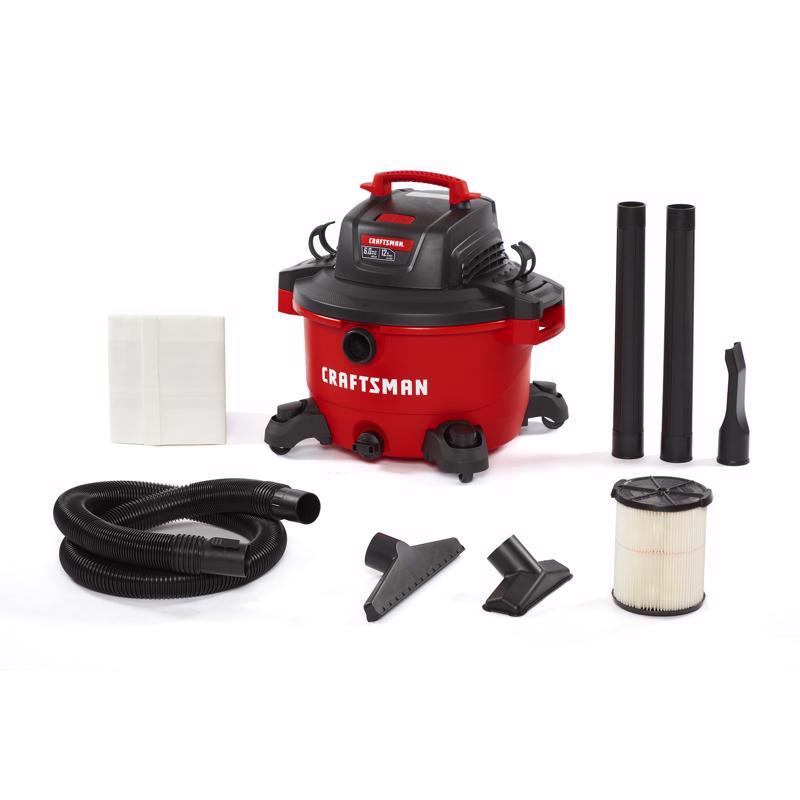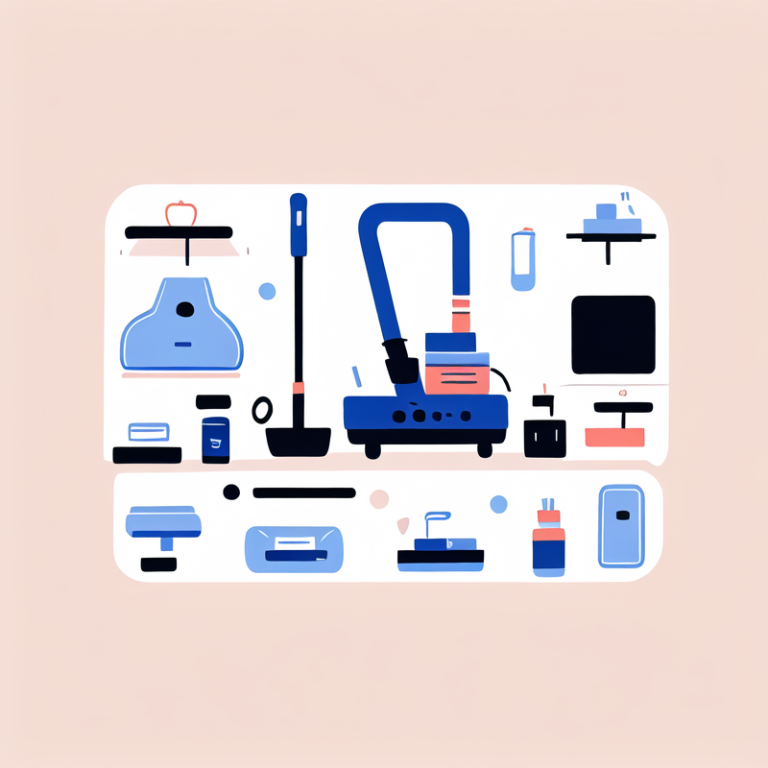Understanding Amps and Vacuum Cleaner Performance
How many amps is a vacuum cleaner? When you’re in the market for a new vacuum cleaner, understanding amps is crucial. ‘Amps’ is short for amperage. It measures the electric current flow. In vacuum cleaners, amps are a key factor in assessing power and performance. To put it simply, higher amps typically mean more electricity flows to the motor. This makes the suction stronger.

However, amps tell only part of the story. They’re one piece of the performance puzzle. A vacuum with a high amp motor does not always clean better. It also depends on design, filtration, and airflow. These elements work with amperage to lift and remove dirt.
For example, a vacuum with 12 amps might be powerful. But if it has poor airflow design, it may perform worse than a 10-amp vacuum with optimized airflow. Remember, it’s not just about powerful suction. Good performance also comes from the whole system efficiency.
When considering amps in vacuum cleaner performance, think balance. A high-amp motor can mean high power. But it might use more energy and produce more noise. Make sure all features meet your cleaning needs. Don’t go by amps alone. Look for a good combination of amperage and other specs for the best results.
In the next sections, we’ll cover the average amp range for household vacuum cleaners and the factors influencing vacuum cleaner amperage. Keep these points in mind as you search for the vacuum cleaner that’s right for you.
The Average Amp Range for Household Vacuums
When choosing a vacuum cleaner, knowing the average amp range can guide your decision. Most household vacuum cleaners sit between 5 and 12 amps. The number mirrors the cleaner’s power consumption and potential suction capability. Upright models often have higher amps, potentially reaching the 12-amp mark. Canister vacuums often use fewer amps. Remember, hand-held and robotic vacuums might operate with even less due to size and design. A standard plug-in household vacuum averages around 10 amps. This provides ample power for everyday cleaning without overwhelming energy use. Always consider other design features along with the amp rating. Look for balanced characteristics that suit your home’s specific cleaning requirements.
Factors Influencing Vacuum Cleaner Amperage
Several elements affect how many amps a vacuum cleaner uses. Motor size is a major one. Larger motors often require more amps for power. But remember, a large motor doesn’t always mean stronger suction. The type of vacuum plays a role too. Upright models tend to need more amps than canister or handheld vacuums. Brushes and accessories can also impact amperage. Vacuums with multiple attachments might draw more power.
The quality of construction is critical. Vacuums built with efficient airflow paths use less power to create suction. Poor design may lead to higher energy use without better results. Filtration systems come into play as well. Advanced filters that capture more particulates may require more power to push air through.
Lastly, user settings influence amperage. Vacuums with adjustable suction power allow you to control amp usage. This can help save energy when full power isn’t needed. Keep these factors in mind when evaluating how many amps is a vacuum cleaner for optimal cleaning efficiency.
How to Determine Your Vacuum’s Power Needs
Determining your vacuum’s power needs depends on several factors. These include the size of your home, the types of floors, and your cleaning habits. First, consider the square footage. Larger homes may benefit from vacuums with higher amps for more suction power. Next, look at your flooring. Homes with carpets may need vacuums with strong suction to pull dirt from fibers. For homes with hard floors, lower amps may suffice since less suction is required.
Consider your cleaning frequency too. If you vacuum regularly, a moderate amp vacuum could be effective. For homes with pets, choose a higher amp machine to handle the additional hair and dander. Also, be mindful of noise sensitivity. Higher amp vacuums can be louder, which might be a concern in households with babies, sensitive pets, or noise restrictions.
Lastly, think about energy use. Higher amp vacuums will consume more electricity. If you are eco-conscious or want to save on bills, look for energy-efficient models with lower amps. They can still provide adequate cleaning power without excessive energy consumption. Remember to balance power with other specs for a vacuum that meets all your needs.

Comparing Low-Amp vs. High-Amp Vacuum Cleaners
When shopping for vacuum cleaners, it’s crucial to compare low-amp and high-amp models. A low-amp vacuum cleaner usually uses less power, ranging from 5 to 7 amps. They are gentler on electricity bills and often quieter. This makes them a good choice for smaller homes or spaces that need less suction. Low-amp vacuums can be ideal for hard floors or light cleaning tasks. They suit low-traffic areas and are easy to handle.
In contrast, high-amp vacuums pack more punch with 10 to 12 amps. These models offer strong suction and perform well on carpets and rugs. They can lift heavy soil and pet hair with ease. High-amp vacuums handle large areas and deep cleans. But they do use more electricity and can be noisier. This might not be best for quiet environments or small apartments.
Think about cleaning needs before deciding on the amp level. A home with pets or heavy foot traffic could benefit from a high-amp vacuum. But if noise is a concern, or if you clean less often, consider a low-amp model. Remember, the right balance between power, noise, and energy efficiency is key. You want to choose a vacuum that fits your lifestyle and cleaning routine properly.

The Impact of Amps on Energy Consumption
Understanding the impact of amps on energy consumption is essential when selecting a vacuum cleaner. Vacuums with higher amps often require more electricity which leads to higher energy bills. It’s a simple equation: the more amps, the greater the energy use. This is an important consideration for budget-conscious shoppers and eco-friendly users alike.
For example, a vacuum cleaner rated at 12 amps will generally consume more power than a 7-amp model. Over time, this can add up to significant electricity costs. However, advancements in technology mean that some high-amp machines are becoming more energy-efficient. It’s not just about the amp draw; it’s how well the machine uses that energy.
Here are some key points to help understand the relationship between amps and energy consumption:
- Higher Amps Mean Higher Energy Use: A vacuum cleaner with high amperage will use more electricity, which can increase utility bills.
- Energy Efficiency Ratings: Look for energy efficiency ratings on vacuum cleaners. Models with good ratings can provide strong suction without excessive energy use.
- Balanced Power Consumption: Consider if the cleaner’s amperage is balanced with efficient performance that justifies the energy used.
- Long-Term Costs: An initial investment in a more efficient, albeit possibly more expensive, vacuum could save money in the long run with lower energy bills.
Ultimately, when figuring out ‘how many amps is a vacuum cleaner’, you need to consider how the amperage will influence your energy usage and expenses. Aim for a vacuum that offers a perfect mix of power and energy efficiency to clean your home effectively without breaking the bank.
Selecting the Best Vacuum Cleaner for Your Home
Selecting the best vacuum cleaner for your home involves a careful blend of factors. It’s not just the amps you need to consider, but also how they impact the vacuum’s performance and your lifestyle. Here’s how to make an informed choice:
- Assess Your Home’s Needs: Analyze the size of your home, floor types, and cleaning frequency. Larger homes with carpets may need vacuums with more amps.
- Consider Vacuum Types: Upright vacuums often have higher amps, while canister or handheld models might be lower. Choose the type that fits your cleaning habits.
- Energy Consumption: Look for energy-efficient models to save on electricity bills. Higher amps usually mean higher energy use, so balance power with efficiency.
- Noise Level: If you’re sensitive to noise, a vacuum with lower amps might be quieter. This is important in households with babies, pets, or noise restrictions.
- Price and Longevity: While high-amp vacuums might offer more power, they can be pricier. Consider the long-term cost savings of a more energy-efficient model.
- Additional Features: Don’t overlook other vacuum features like filters, accessories, and brush types. These can influence overall cleaning quality as much as amps.
By looking beyond the question of ‘how many amps is a vacuum cleaner’, and considering the total picture, you can choose a cleaner that’s right for your home. Balance the aspects of power, energy usage, design, and noise to find your ideal home cleaning companion.


